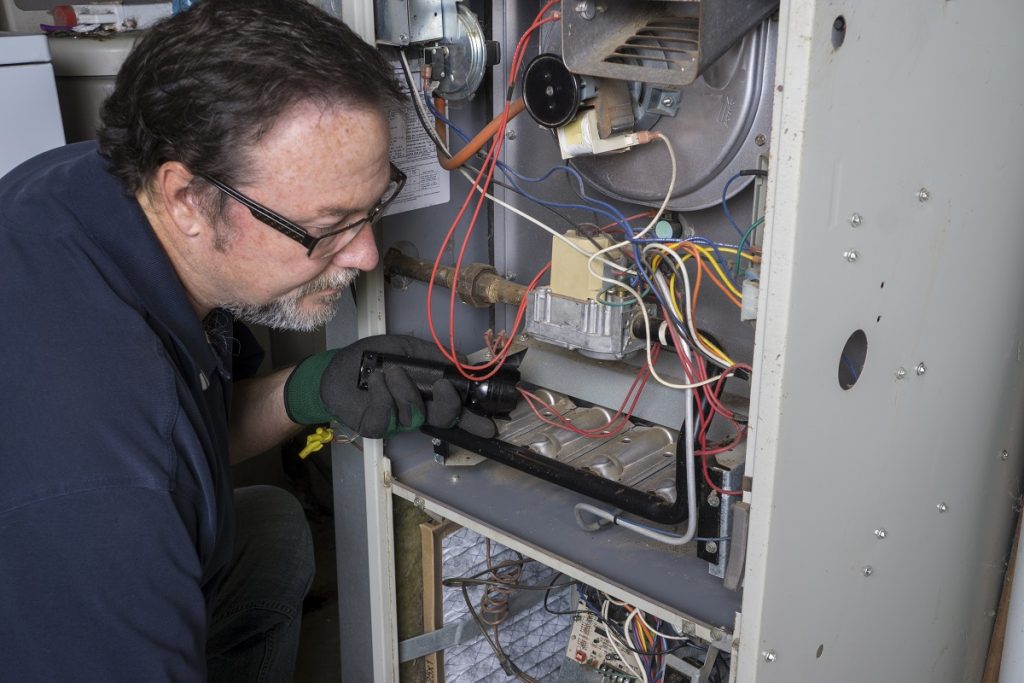A programmable thermostat is becoming a staple of the American home. It helps any heating unit run more efficiently, reducing the need for furnace repair in Utah, Minnesota, or any other cold country. It can also decrease your energy costs by 10% because it can control the way HVAC equipment works without regular human intervention. In many cases, having this type of thermostat can prolong the life of a heating unit.
Although it has been around for a while, many homeowners are still reluctant to upgrade to a programmable thermostat from a manual one. Some of those that switch unnecessarily end up having regrets.
Thus, when should you get a programmable thermostat? First, understand what it is not by debunking the most common misconceptions about it:
It Is Smart
Not necessarily. A programmable thermostat makes it possible to create advanced settings to set different temperatures for several times of the day throughout the week. However, it’s not always accessible remotely.
A smart thermostat can be connected to the Internet through Wi-Fi, allowing you to change its settings via a smartphone, tablet, or computer. Many smart models can also monitor temperature preferences and use the collected data in order to optimize heating and cooling schedules.
The programmable kind can’t think on its own. It doesn’t share the flexibility and convenience of automation as well as incapable of voice control.
It Requires No Manual Input
 One of the selling points of a programmable thermostat is its ability to eliminate the need for constant adjustment. You might only need to program its advanced settings once and then forget about it until its batteries die.
One of the selling points of a programmable thermostat is its ability to eliminate the need for constant adjustment. You might only need to program its advanced settings once and then forget about it until its batteries die.
Unfortunately, many homeowners don’t realize that programmable thermostats don’t regulate optimum indoor climate without manual input. Research in 2015 shows that owners of programmable thermostats failed to use the programming feature to create schedules.
It Supports Any HVAC System
Don’t assume that any programmable thermostat on the market will be compatible with your heating equipment. Understand that every HVAC system is different, and not all thermostat models will work on any furnace, boiler, or heat pump.
Before you buy a thermostat, check the product description to know which heating and cooling units it can go together well. This is more of a concern with smart thermostats, but some programmable models may be designed to talk to all HVAC systems.
It Can Be Safely Installed by DIYers
Thermostat installation is one of the few HVAC tasks that average do-it-yourselfers can handle. One can just take a snapshot of the wiring of the existing thermostat to know which wires go to which ports of the replacement thermostat.
However, then again, any home project involving electricity shouldn’t be taken lightly. You might be able to make your new programmable thermostat work on your own, but it doesn’t mean that you did everything right. Have your thermostat professionally installed by a qualified HVAC technician to avoid silly quality errors, which can result in premature equipment failure or a fire.
A programmable thermostat isn’t for everyone, but it’s a worthwhile consideration. Think about your lifestyle and HVAC configuration to determine whether it’s for you or not.






